 "80's Ladies," Performed by K. T. Oslin
"80's Ladies," Performed by K. T. Oslin
County: Ashley
 "80's Ladies," Performed by K. T. Oslin
"80's Ladies," Performed by K. T. Oslin
Amsler, Ernest Guy
Ashley County
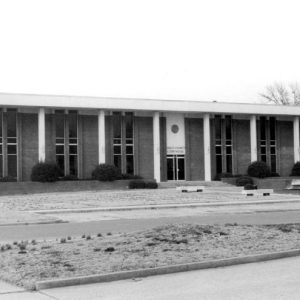 Ashley County Courthouse
Ashley County Courthouse
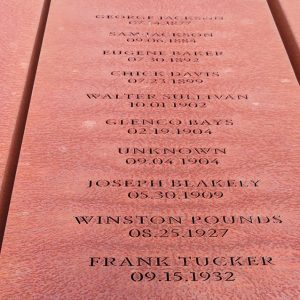 Ashley County Lynching
Ashley County Lynching
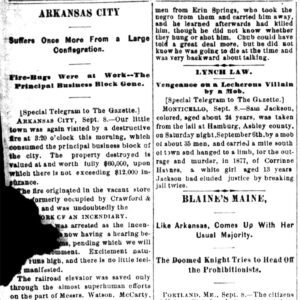 Ashley County Lynching Article
Ashley County Lynching Article
Ashley County Lynching of 1857
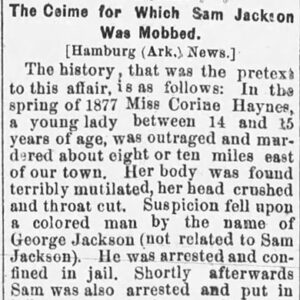 Ashley County Lynching Article
Ashley County Lynching Article
Ashley County Lynchings of 1877 and 1884
aka: George Jackson (Lynching of)
aka: Sam Jackson (Lynching of)
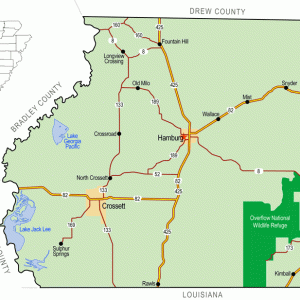 Ashley County Map
Ashley County Map
 Ashley County Medical Center
Ashley County Medical Center
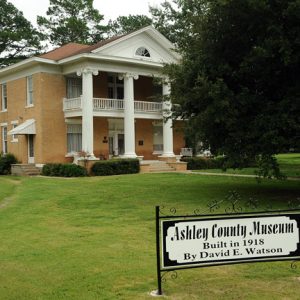 Ashley County Museum
Ashley County Museum
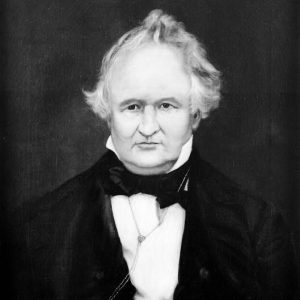 Chester Ashley
Chester Ashley
 Automatic Oil Drip
Automatic Oil Drip
 Baker Lynching Article
Baker Lynching Article
Bays, Glenco (Lynching of)
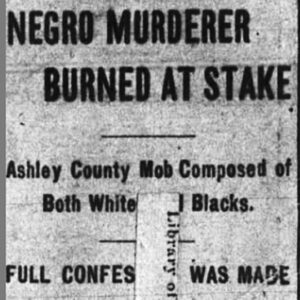 Bays Lynching Article
Bays Lynching Article
Blakely, Joe (Lynching of)
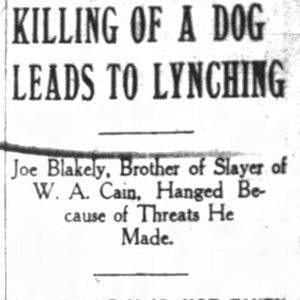 Blakely Lynching Article
Blakely Lynching Article
Booker, Joseph Albert
 Gretha Boston
Gretha Boston
Boston, Gretha Denise
Butler, Turner
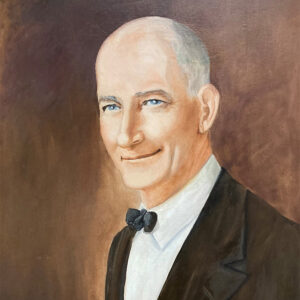 Turner Butler
Turner Butler
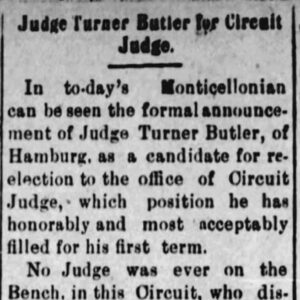 Turner Butler Candidacy Story
Turner Butler Candidacy Story
Caldwell, John Paul
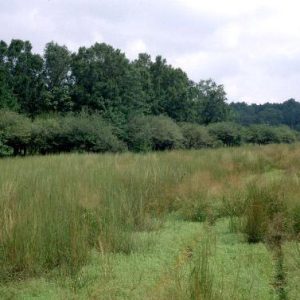 Coffee Prairie Natural Area
Coffee Prairie Natural Area
 Cone Hotel and Shipman Drug Store
Cone Hotel and Shipman Drug Store
Cone, John Carroll
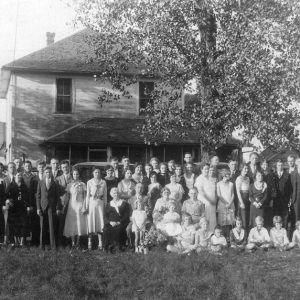 John Cone House
John Cone House
Crossett (Ashley County)
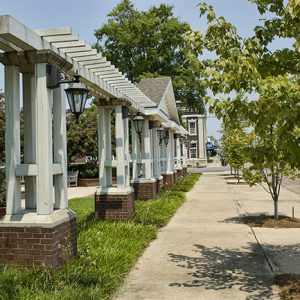 Centennial Park
Centennial Park
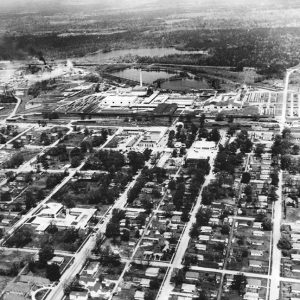 Crossett Arial View
Crossett Arial View
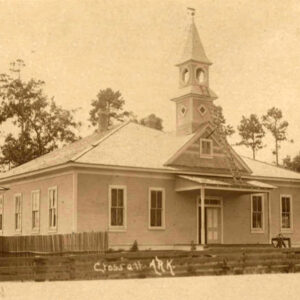 Crossett Church
Crossett Church
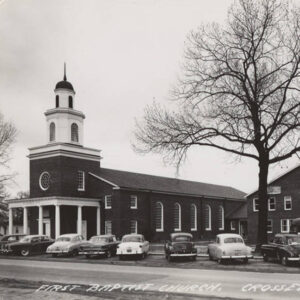 Crossett Church
Crossett Church
 Crossett Experimental Forest
Crossett Experimental Forest
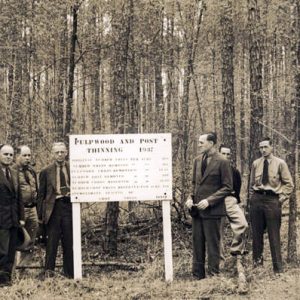 Crossett Experimental Forest
Crossett Experimental Forest
Crossett Experimental Forest (CEF)
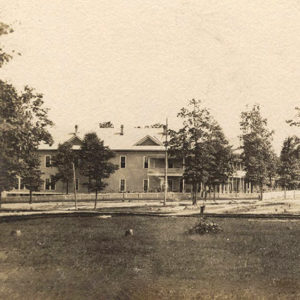 Crossett Hotel
Crossett Hotel
Crossett Light
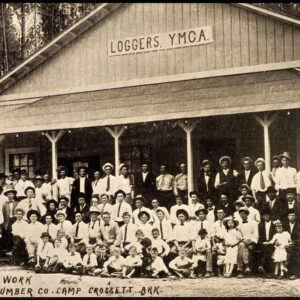 Crossett Loggers
Crossett Loggers
Crossett Lumber Company
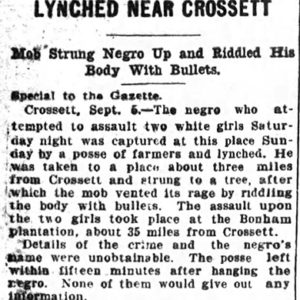 Crossett Lynching Article
Crossett Lynching Article
Crossett Lynching of 1904
 Crossett Mill
Crossett Mill
 Crossett Research
Crossett Research
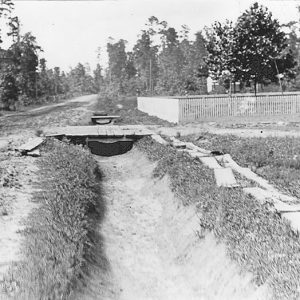 Crossett Street Drain
Crossett Street Drain
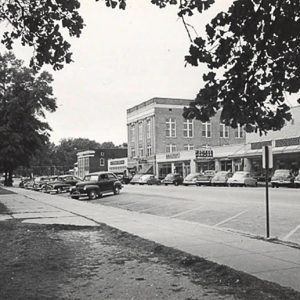 Crossett Street Scene
Crossett Street Scene
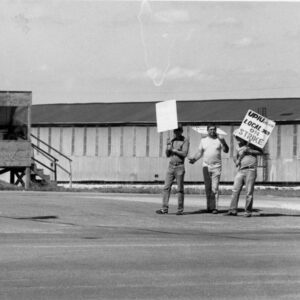 Crossett Strike
Crossett Strike




